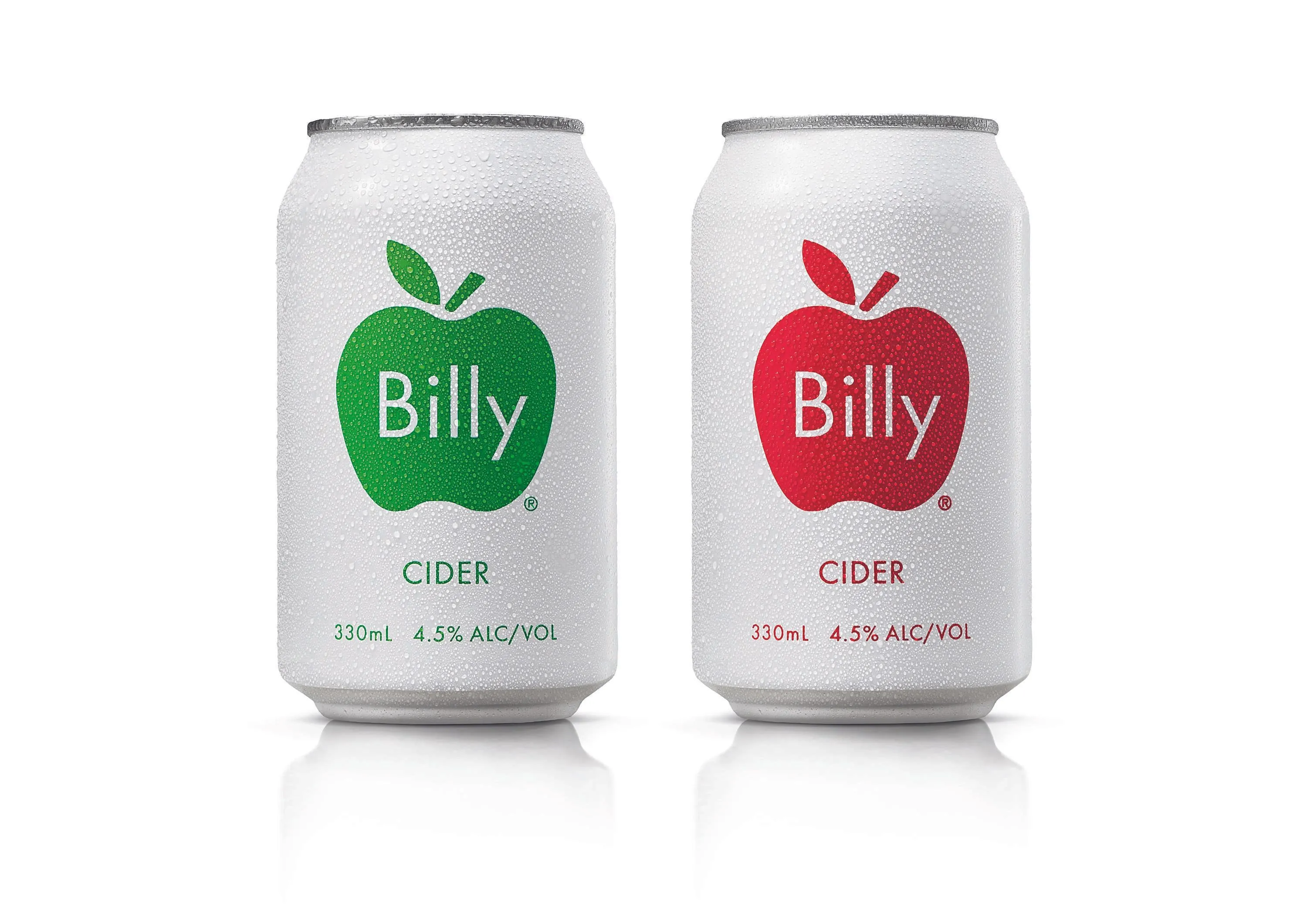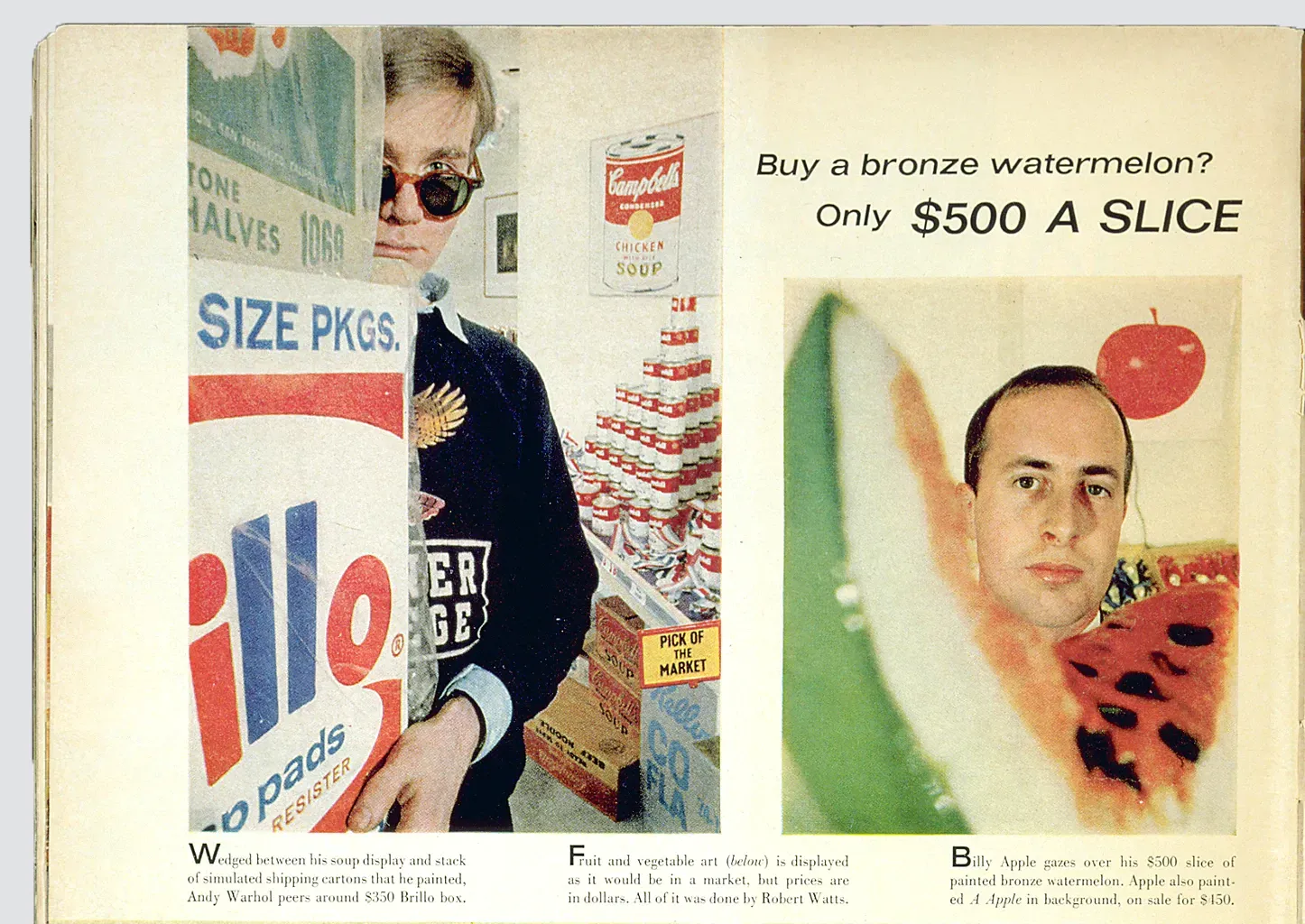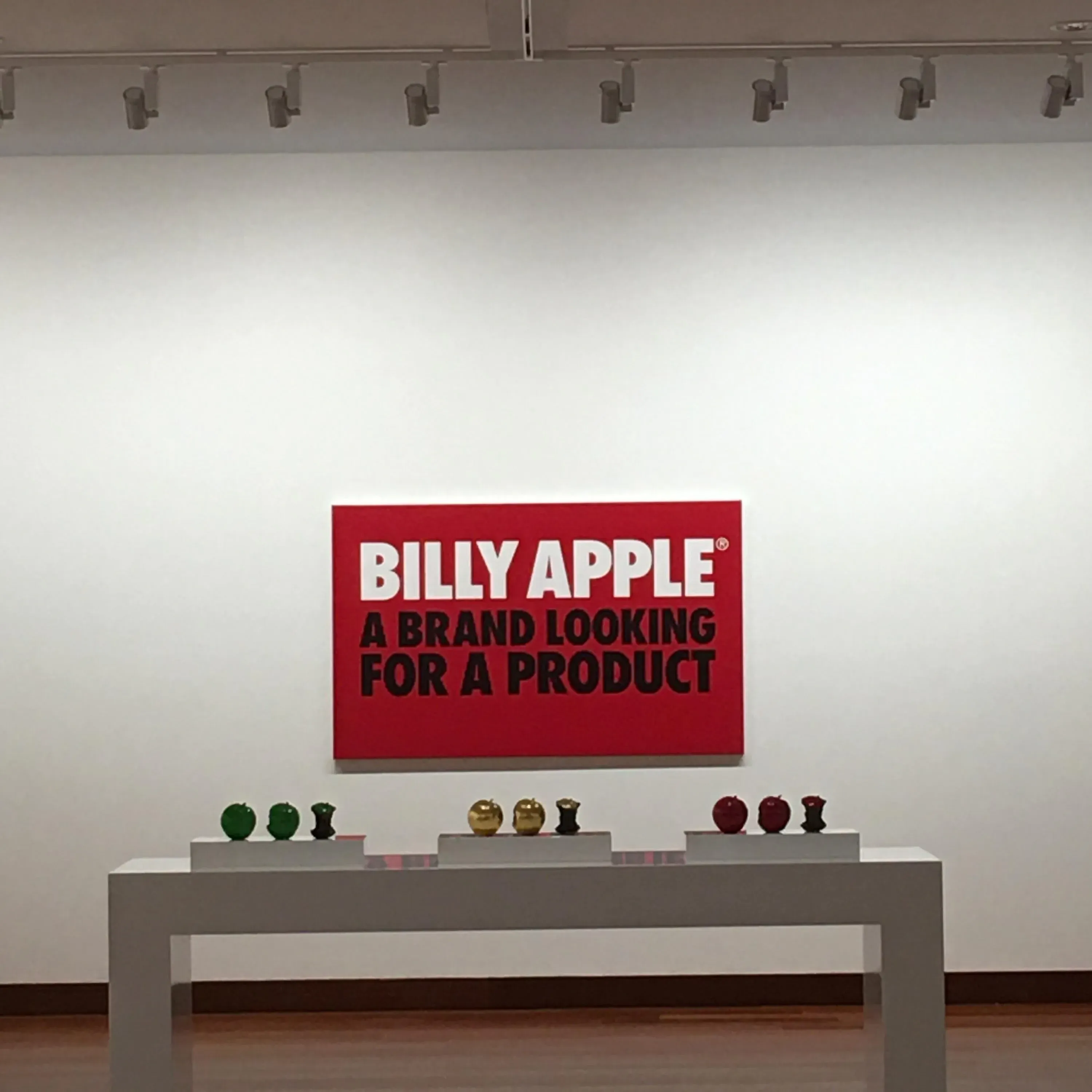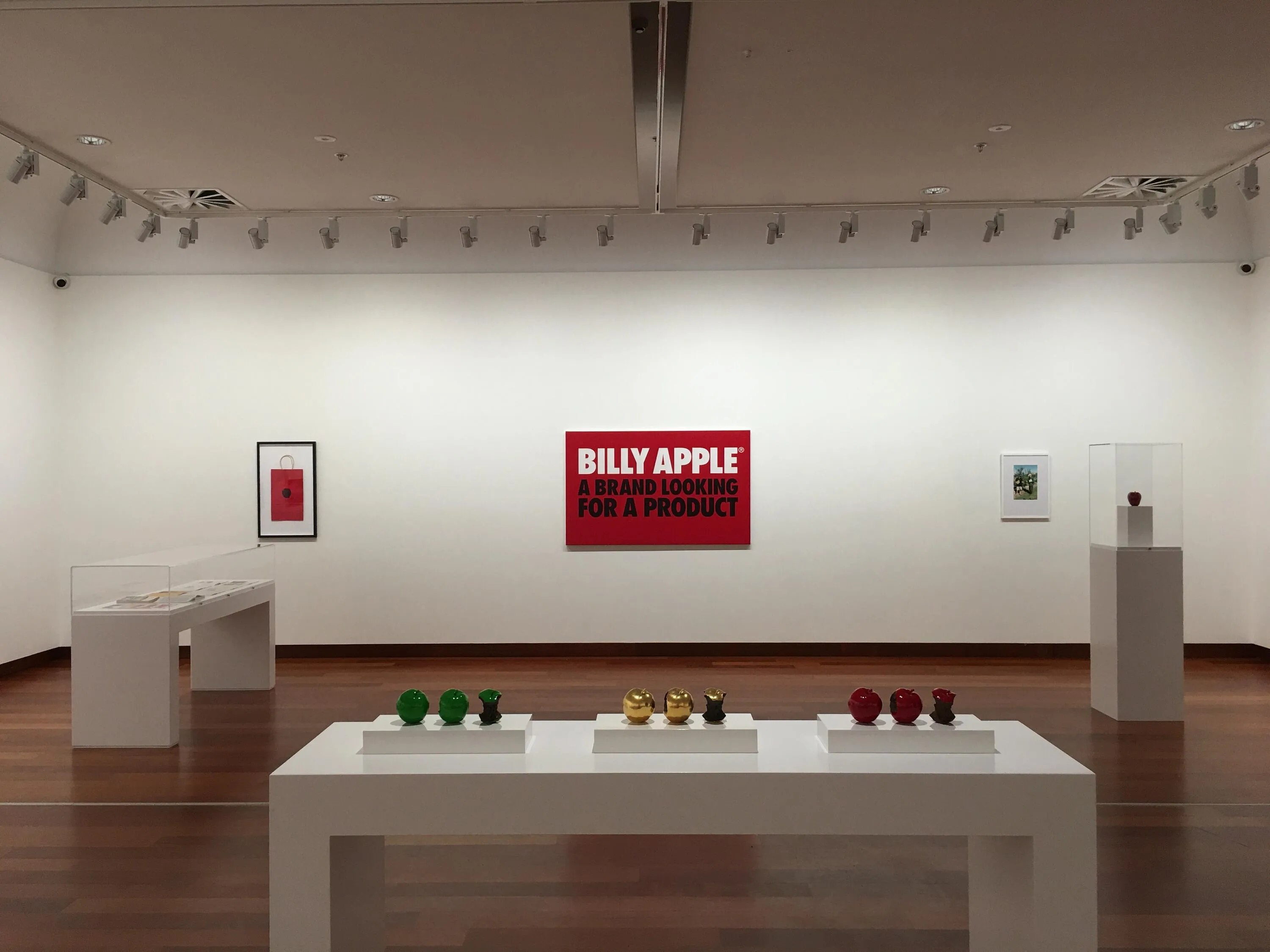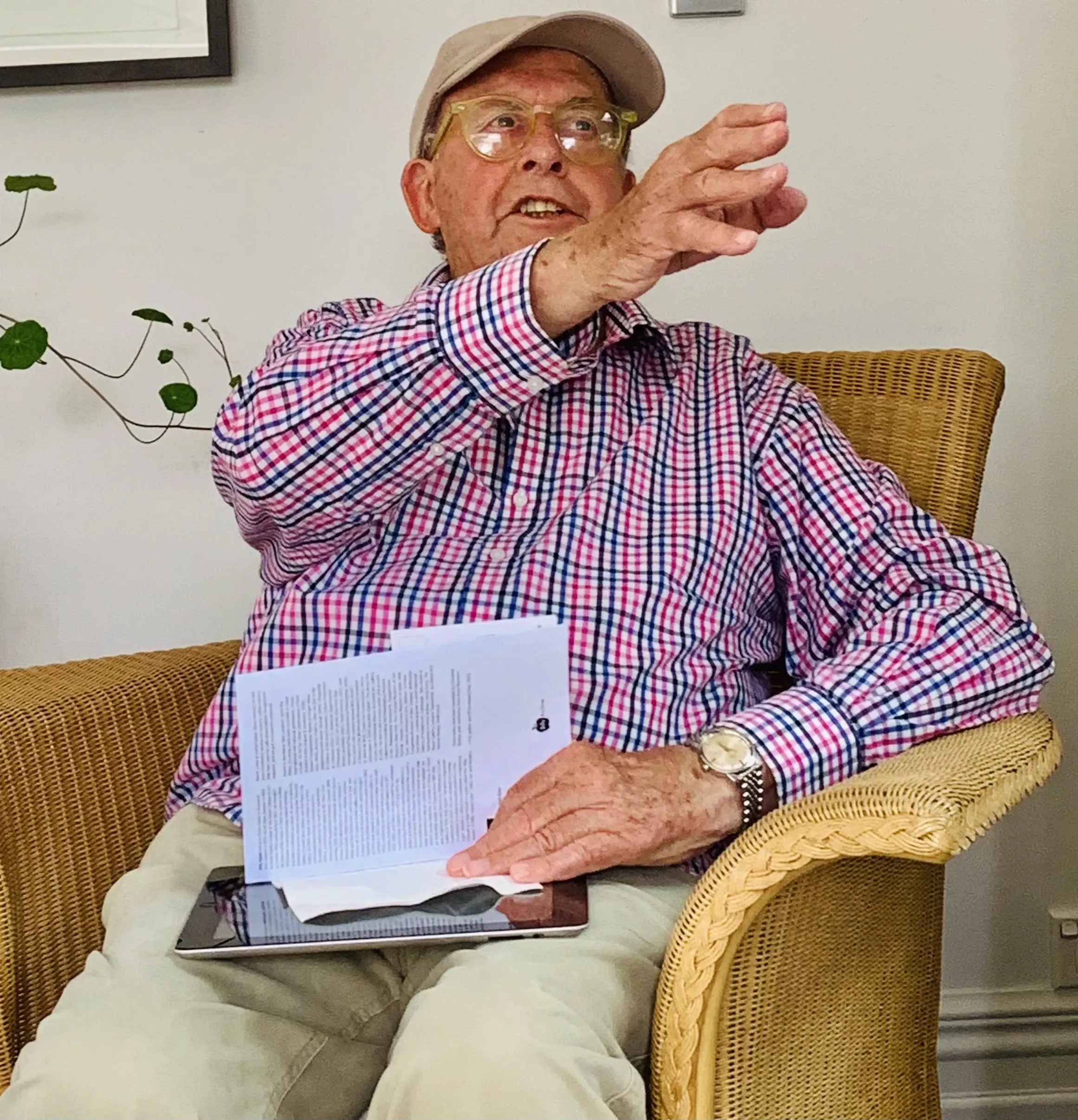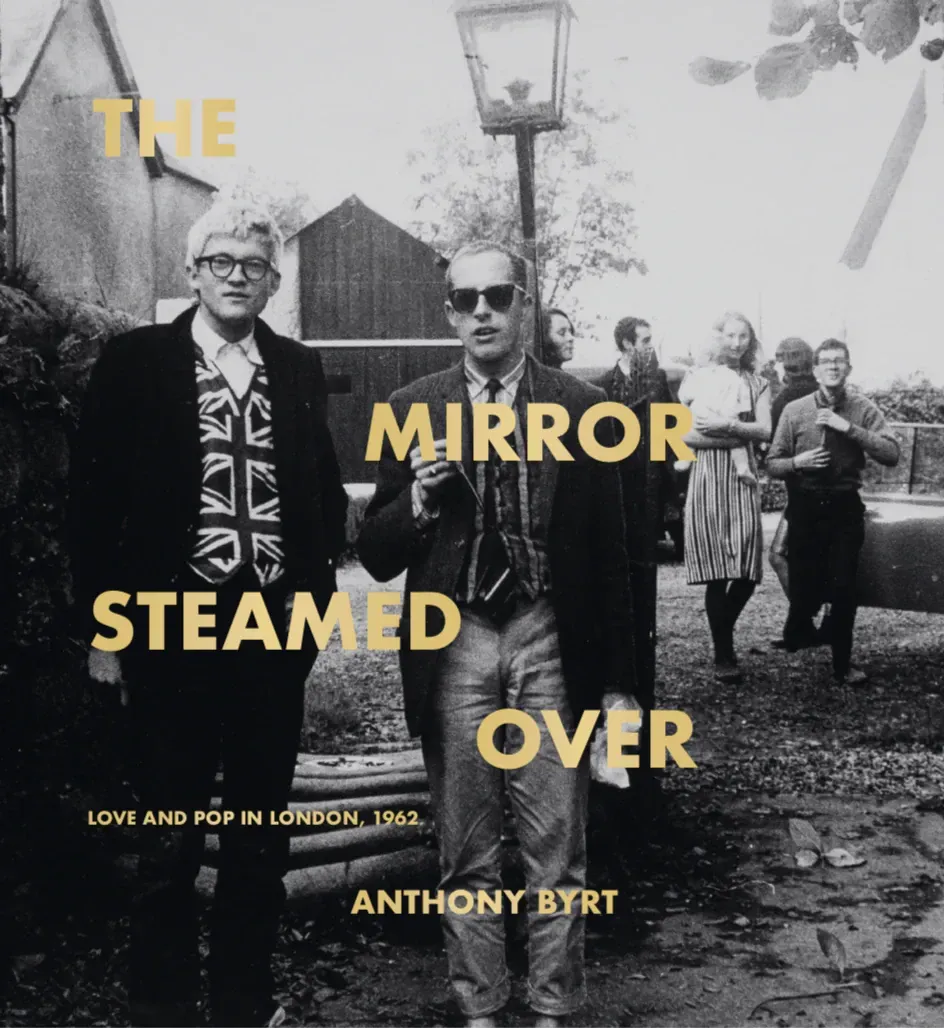Rest in Peace Billy Apple
Written by
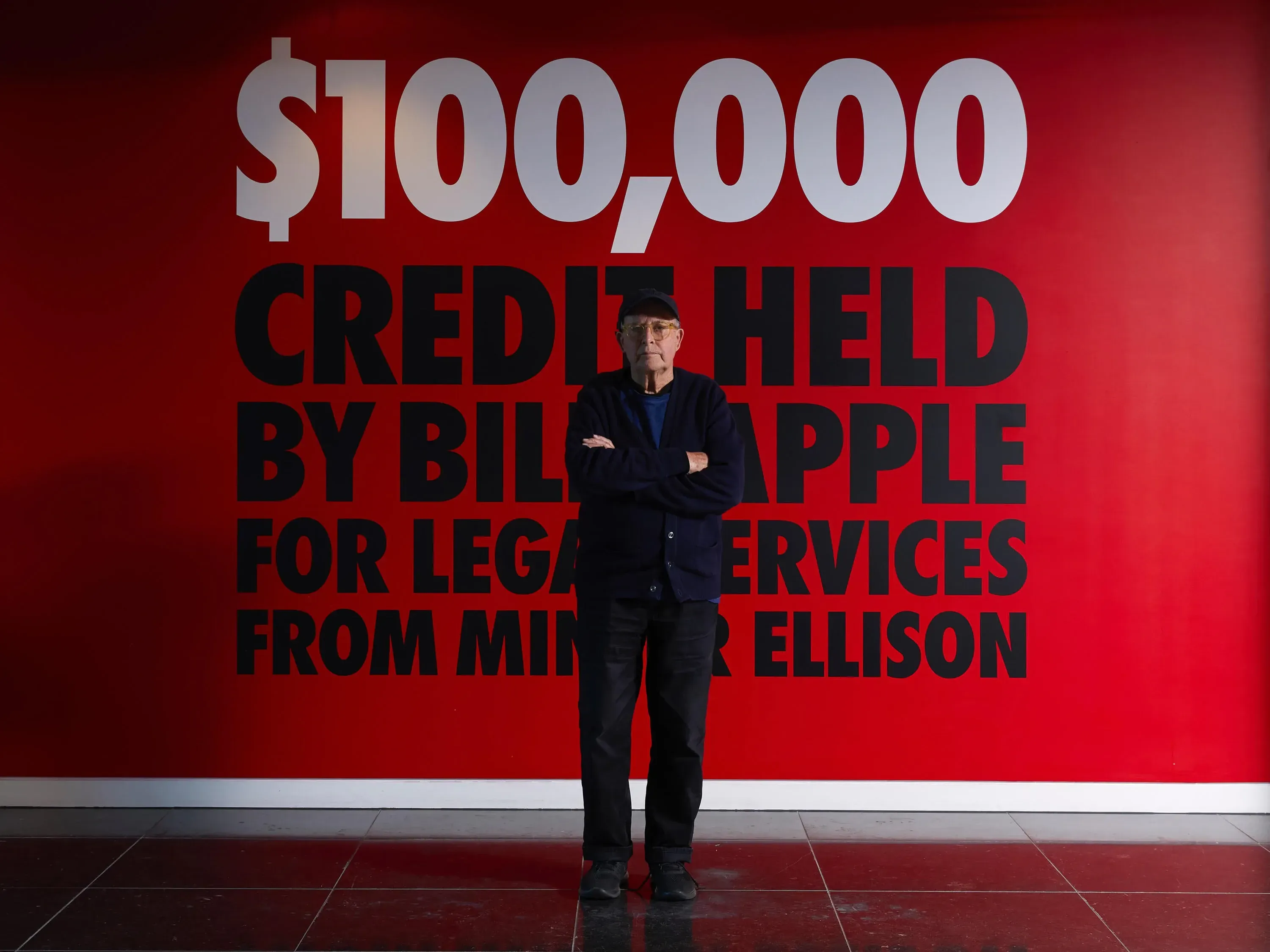
It's with incredible sadness that we hear of the passing of the iconic Billy Apple at 3.10am, 6 September 2021. Billy's impact on the creative world - not just here in New Zealand - has been hugely impactful and influencial. The Big Idea sends our aroha and condolences to all who knew Billy, in particular Mary. Our hearts go out to you, especially under the raised Alert Levels.
As a tribute, we are republishing this article released earlier this year that spotlights what made Billy so special.
Art and life are intimately intertwined. So says one of art’s most innovative and enduring artists, Billy Apple.
That theme threads through his work from the time he shed his identity as Barrie Bates in London in 1962 and bleached his hair blonde, declaring himself to be Billy Apple, the personification of a unique art brand.
Apple has invented his own rules around what defines art. Though his trajectory has shifted at times, a singular idea has been at the core of his work – that an artist needs brand identification for their work. It needs to be recognisably their own.
“To be successful, whether you’re a painter, a sculptor or any kind of artist, the way forward is to think harder,” Apple tells The Big Idea. “Think harder…”
Supermarket superstars
He was included in the now infamous American Supermarket at New York’s Bianchini Gallery in 1964 which turned the venue into what appeared to be a typical small supermarket – except that everything in it from the produce to the canned goods, meat and posters like Jasper Johns’ Ale Cans, Roy Lichtenstein’s Turkey, Andy Warhol’s Soup Cans and Apple’s 2 for 25 cents (now in the collection of Te Papa Museum of NZ) was created by artists.
In a radical step, the pop art ‘installation’ had challenged the function of an art gallery by making it look like a supermarket and presented everyday-objects as art, demoting their status from high to low art. LIFE magazine featured it in an article which launched pop art to the general public.
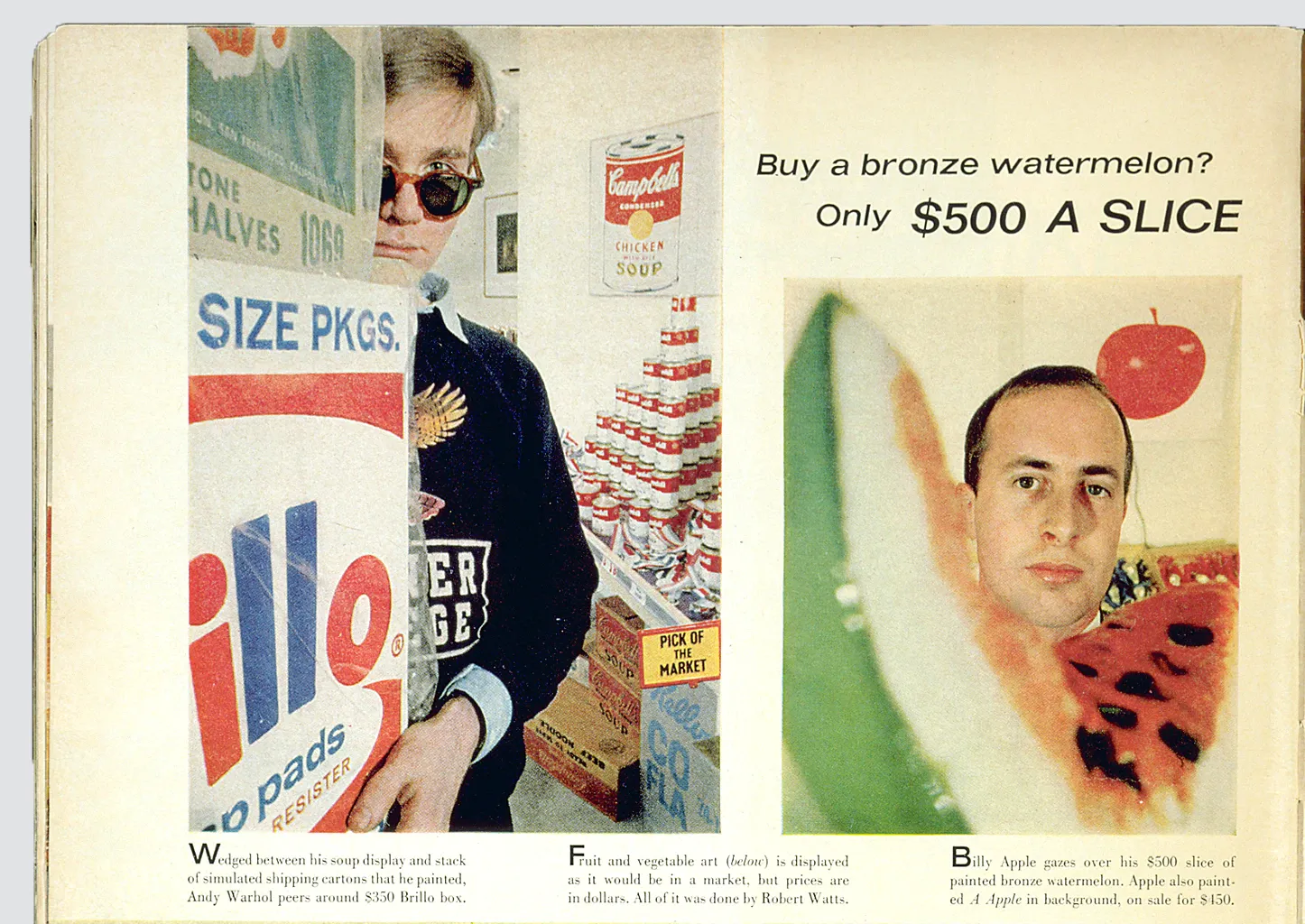
Art icons Andy Warhol (left) and Billy Apple (right) in LIFE Magazine's coverage of American Supermarket.
Apple’s generation opened doors for many to follow.
He went on to become one of the catalysts in the conceptual art movement and opened the second of New York’s not-for-profit spaces, APPLE in 1969. Throughout his career, he has continued to test ideas in society.
Brand above all
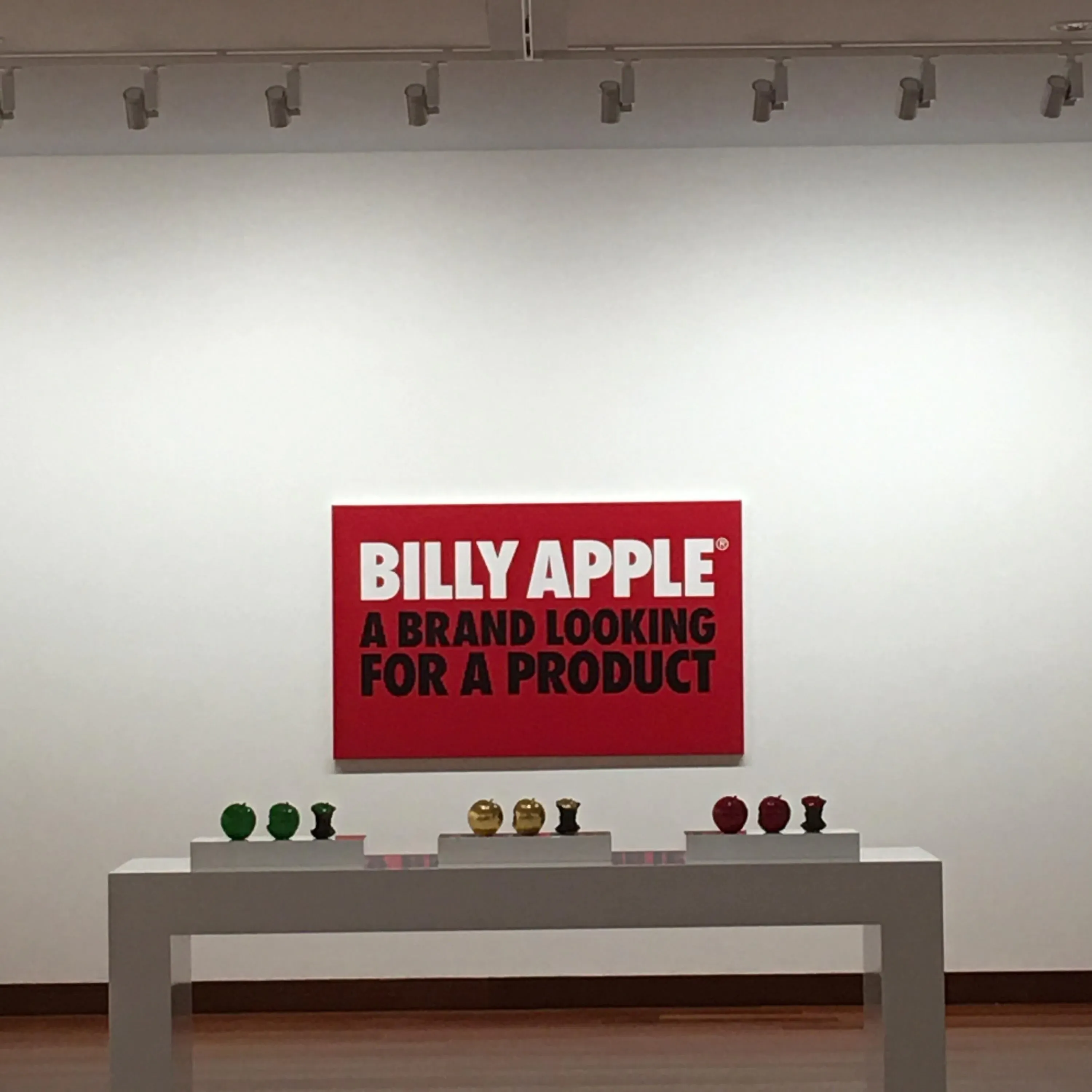
Billy Apple's work installed at MTG Hawke's Bay - which will be reopening soon. Image: Supplied.
His upcoming exhibition Billy Apple® A Brand Looking for a Product 1962-2020 at Napier’s MTG Hawke’s Bay traces an aspect of his fascinating life story. It begins with early pop art self-branding works including a rare 16mm film shot in Fulham Road market, London with his sculptures. Appropriately for a region where the apple rules, works in the show remind audiences that Hawke’s Bay was a base for one of Billy’s most ambitious collaborative projects – the development of a new apple cultivar branded with his name as an art work and marketed using art strategies.
In itself, the project never quite worked out. But in the process, he helped update conceptual art by investigating how ideas are controlled in today’s society.
THINK HARDER, Like Billy Apple —Nicolaus Schafhausen, 2009
Mary Morrison, Billy’s partner explains: “The scientists at Hort+Research had been cut loose from government funding so they had to find a way to raise money for their research by forming partnerships. We came into the equation at that point. Dr Allan White used Billy’s project as an example of the kind of innovative thinking utilised in their breeding programme at the time.”
The development and commercialisation of any new apple variety is a lengthy process which can take decades. Hort+Research’s apple research had begun 30 years earlier. Now called Plant & Food Research, their new marketing wing Prevar required that Billy be a listed company and a registered trademark in order to hold the rights to the new apple cultivar.
This was a whole new, expensive ball game. Fortuitously at the time, commercial law firm Minter Ellison Rudd Watts (MERW) were moving premises. They wanted an art work from Billy for their new foyer.
The timing was perfect, explains Morrison. “Billy needed to undergo the process to become a registered trademark and MERW agreed to an Art Transaction work about legal credit to the value of $100,000 (plus gst). So that’s how and why he became Billy Apple®”
Thus the apple cultivar project instigated Billy’s trademark registration and he went on to gain registered trademarks in eight categories that cover his art works – orchard services, fresh fruit, clothing, printed matter, alcoholic beverages, non-alcoholic beverages, coffee, tea and apple pie and fragrance – which means he has exclusive rights over branded products in these categories.
Culture or commerce?
The project treads the fine line between art and commerce and was a complex and lengthy process, Morrison explains. “It demonstrates how ideas are legally controlled in society if copyrighted.”
Dr Allan White and Apple had selected a beautiful looking, tasty new apple cultivar bred in Havelock North that was destined for the US market in partnership with Washington State apple growers. Sadly, it didn’t quite have sufficient shelf life for the marketing process and was ultimately declared not commercially viable, even after all those years of research and development. That meant the end-of-the line for the apple cultivar. However, the art component of the project remains intact.
Apple did later use his trademark to produce green and red apple ciders in partnership with Derek Lockwood, then the Global Design Director for advertising agency Saatchi&Saatchi. This was launched at Billy’s retrospective exhibition at the Auckland Art Gallery Toi o Tāmaki in 2015 and went down superbly well, recalls Apple.
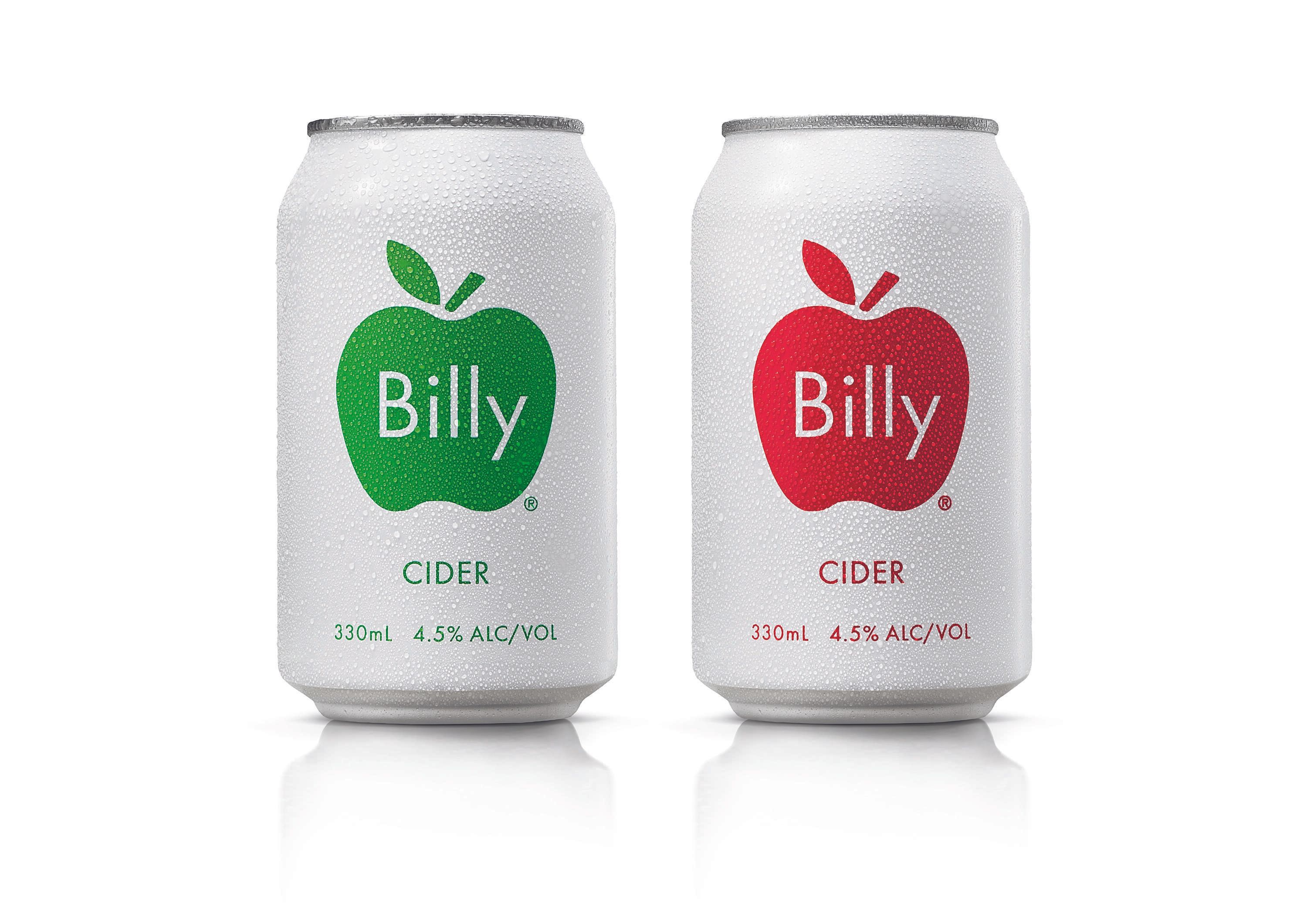
“The opening went on and on and on. It was the first time many people had tried a ‘new-world’ style cider.
“There were two types – the green was made from Granny Smiths and the red from Fuji apples. The white background on the can equates to the white gallery wall with the apple logo strategically placed on it. Nobody had bottled cider in a can here in New Zealand so it’s had quite an influence. It was pretty good and we got it into New World supermarkets nationwide.”
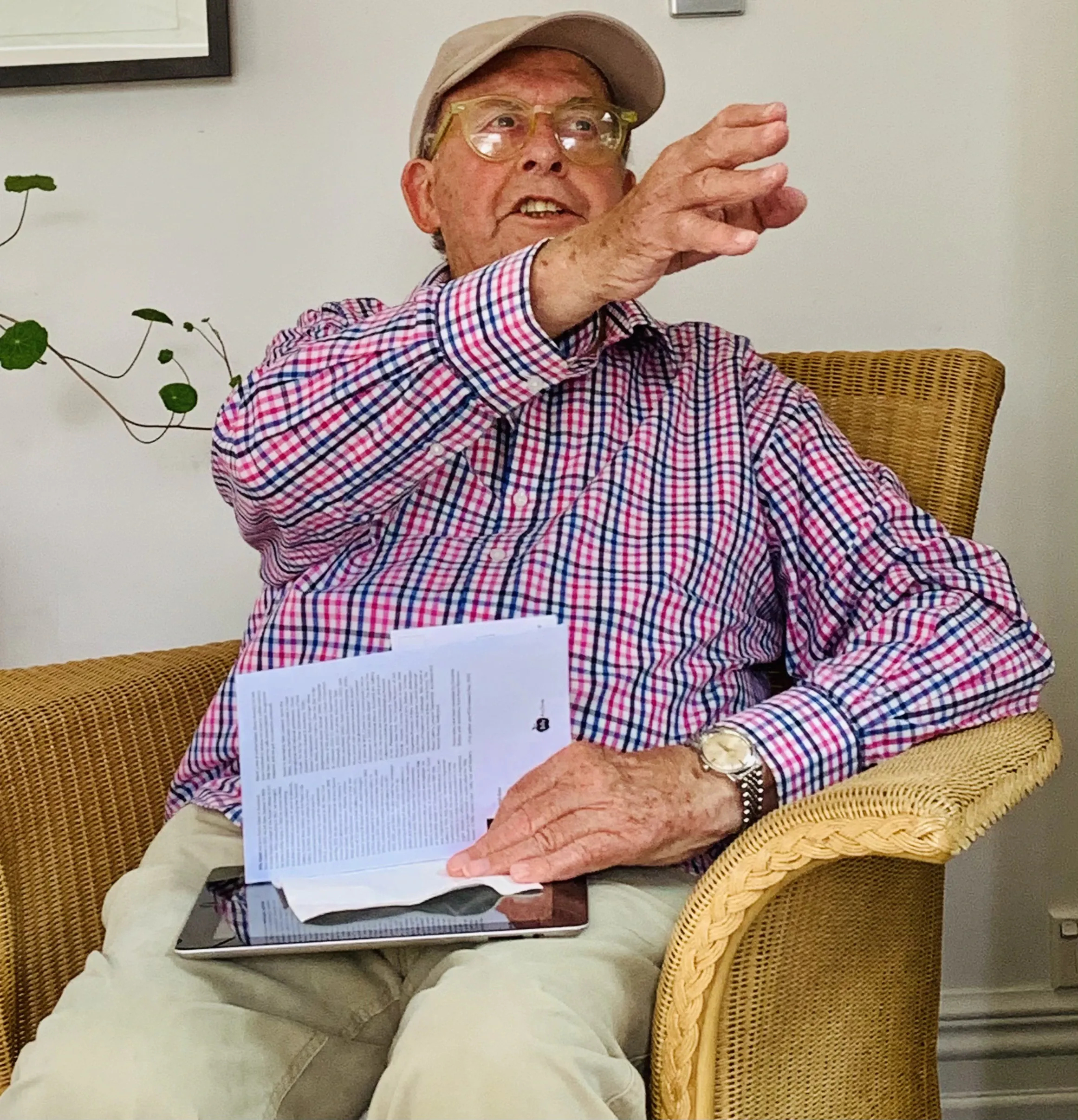
Billy Apple's passion for art still runs deep, talking with The Big Idea. Photo: Vicki Holder.
57 years on from the American Supermarket, Apple has achieved his ambition of taking art into the supermarket after they took the supermarket into the art gallery, completing the cycle where life merges with art.
Says Morrison: “Billy’s doesn’t use his imagination in the same way that somebody who paints a painting expressively does – his work doesn’t deal with gestures and emotions. It’s idea-driven and relates to our everyday lives. That goes back to both pop and conceptual art. New York gallerist Leo Castelli called his works pop-conceptual in the 1980s.”
Apple has developed his art brand over 60 years. “You make your own opportunities,” he states. “Ask yourself, what have you got that’s unique?”
In the end, it’s the big idea that counts most.
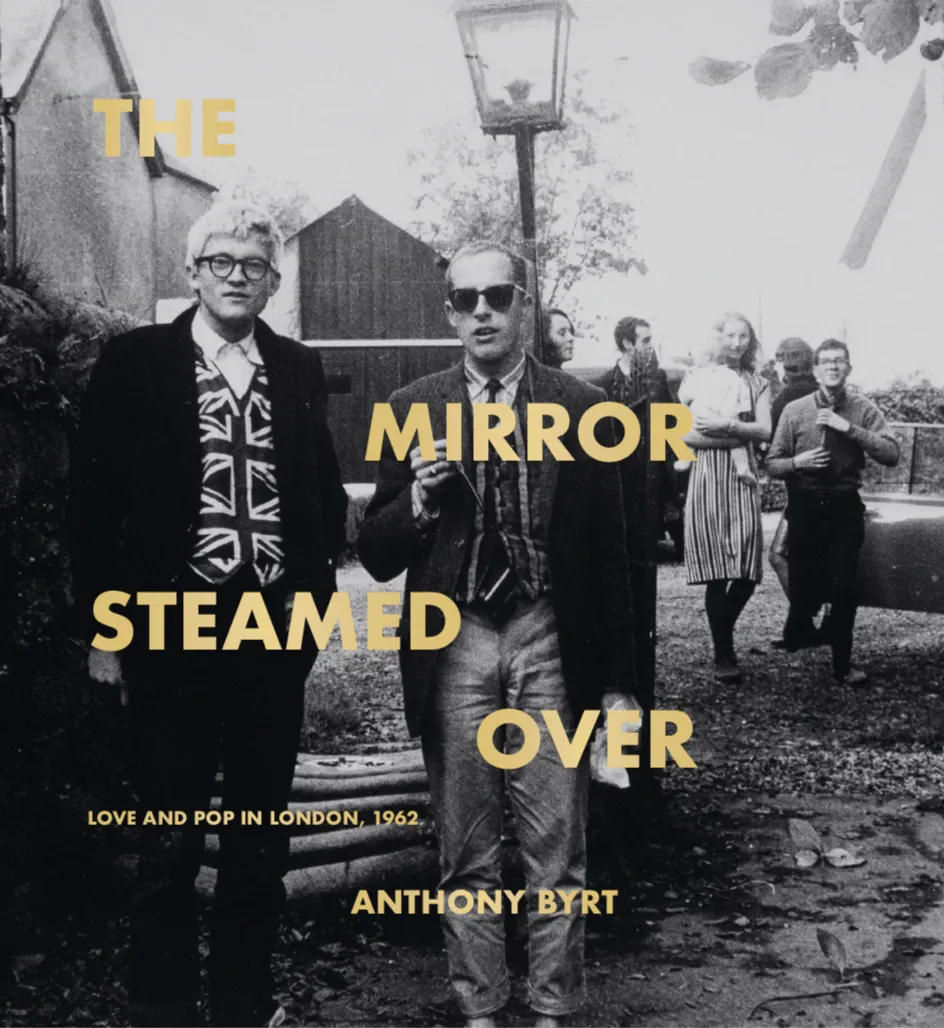
In 2019 Auckland University Press published a major monograph by Christina Barton, Billy Apple® Life/Work and The Mirror Steamed Over by Anthony Byrt. Yale Books published Thomas Crow’s new book The Hidden Mod in Modern Art: London 1957-1969.
Billy Apple is represented by Spa_ce Napier, Starkwhite Auckland, Hamish MacKay Wellington, Rossi&Rossi Hong Kong and The Mayor Gallery, London.
Written by Vicki Holder.
